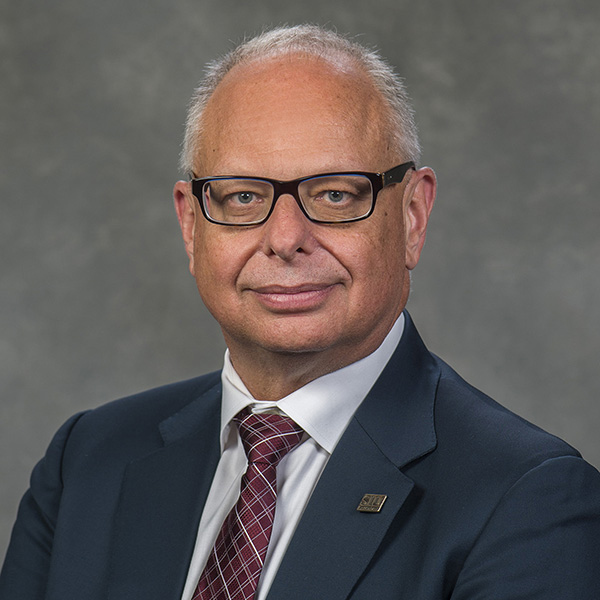Dr. Carlo D. Montemagno
In Fantastic Voyage : Live Long Enough to Live Forever authored by Ray Kurzweil and Terry Grossman, the authors said
“A team at UCLA headed by biomedical engineer Carlo Montemagno that is building a blood cell-size ‘submarine’ intended for critical medical maneuvers inside the human body.In living systems, molecules perform repetitive functions the way machines do’, Carlo explains. ‘Some molecules take matter or information and move it from one location to another, while others filter and pump. I look at how to take pieces of these molecular machines and engineer them into hybrid devices. That means devices that are living and nonliving; they incorporate all the functionality you find in living systems but are artificial and engineered.’
His team has already created what it calls a nanocopter, with a propeller made of nickel and a motor the size of a virus that uses the body’s own ATP (adenosine triphosphate, a complex molecule that stores energy) for power.”
Dr. Carlo D. Montemagno is currently the Carol and Roy Doumani Professor of Biomedical Engineering, the Chairman of Academic Affairs for UCLA’s Biomedical Engineering IDP and a Professor of Mechanical and Aerospace Engineering. After receiving his B.S. degree from Cornell in biological engineering, Carlo spent eight years in the U.S. Navy as a Civil Engineering Corp. officer. During this time, he earned a M.S. in Petroleum and Natural Gas Engineering at Pennsylvania State University, and became involved with the management of the Naval Petroleum Reserve in California, ultimately rising to the post of Technical Assistant Director.
In 1988, he joined Argonne National Laboratory, where he served as group leader for both the Advanced Environmental Studies and the Environmental Physics research groups. While at Argonne National Laboratory, he earned his doctorate at the University of Notre Dame in Civil Engineering in 1995. He joined the Biological and Environmental Engineering Faculty of Cornell University in 1995 where he stayed until joining UCLA in 2001. He was made a NASA Institute for Advanced Concepts Fellow in 2001 and he was the keynote speaker at the IEEE MEMs Conference in 2002.
Carlo was coeditor of The Coevolution Of Human Potential And Converging Technologies (Annals of the New York Academy of Sciences). He was the author or coauthor of Engineering Issues in the Fabrication of a Hybrid Nano-Propeller System Powered by F-ATPase in Biomedical Microdevices, Nanomachines: A Roadmap for Realizing the Vision in Journal of Nanoparticle Research, Powering an inorganic nanodevices with a biomolecular motor in Science, Constructing organic/inorganic NEMS devices powered by biomolecular motors in Biomedical Microdevices, and Constructing nanomechanical devices powered by biomolecular motors in Nanotechnology.
His research is focused on the application of nanotechnology to biological systems. His current projects are directed at the development of biomolecular motor powered nanoelectromechanical devices, muscle powered MEMs devices, microrobotic and the engineering of on-chip detectors for pathogens. This and related work has garnered him international recognition including major stories in the New York Times, Discover Magazine, and elsewhere.
Read his LinkedIn profile.
